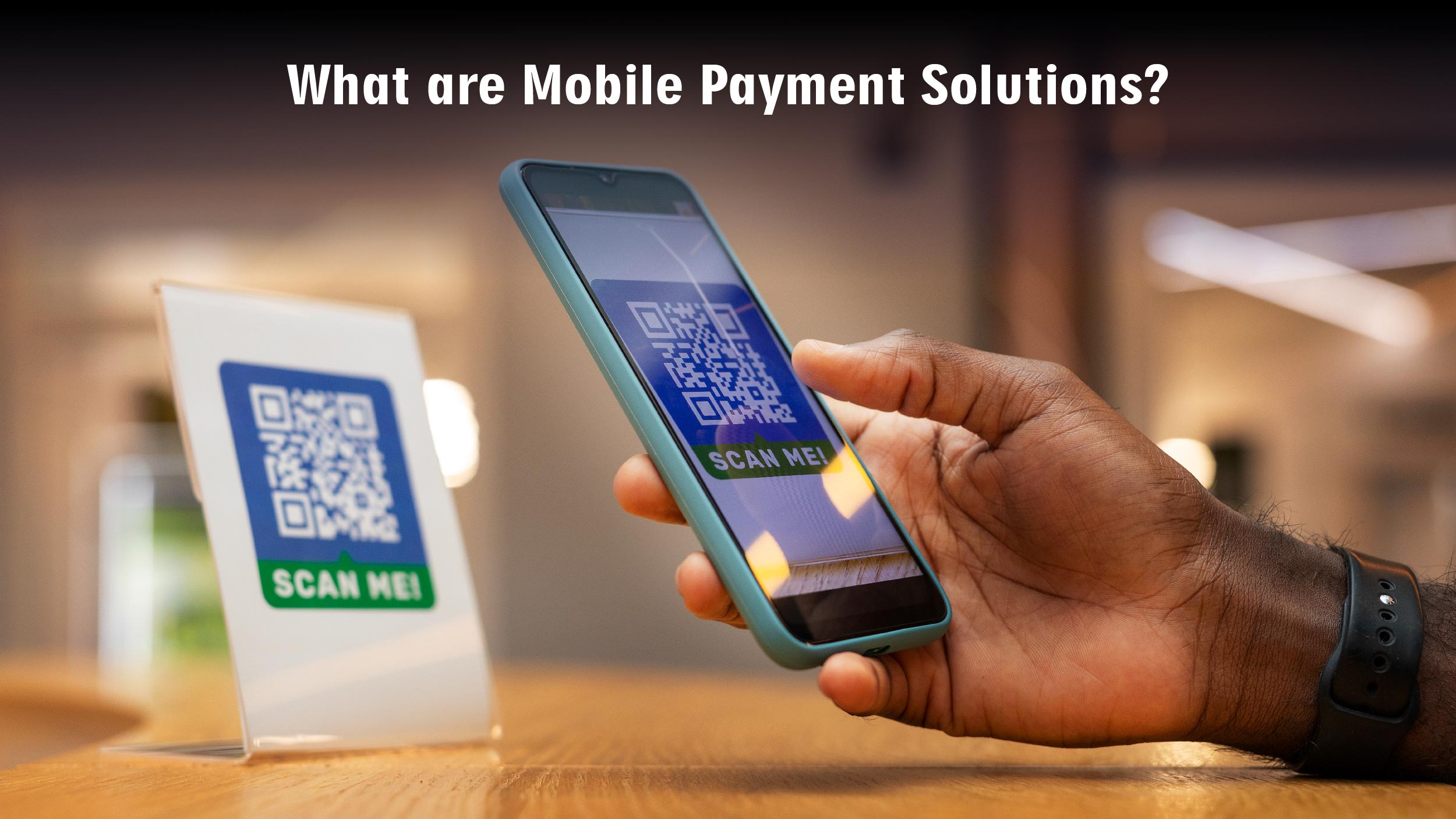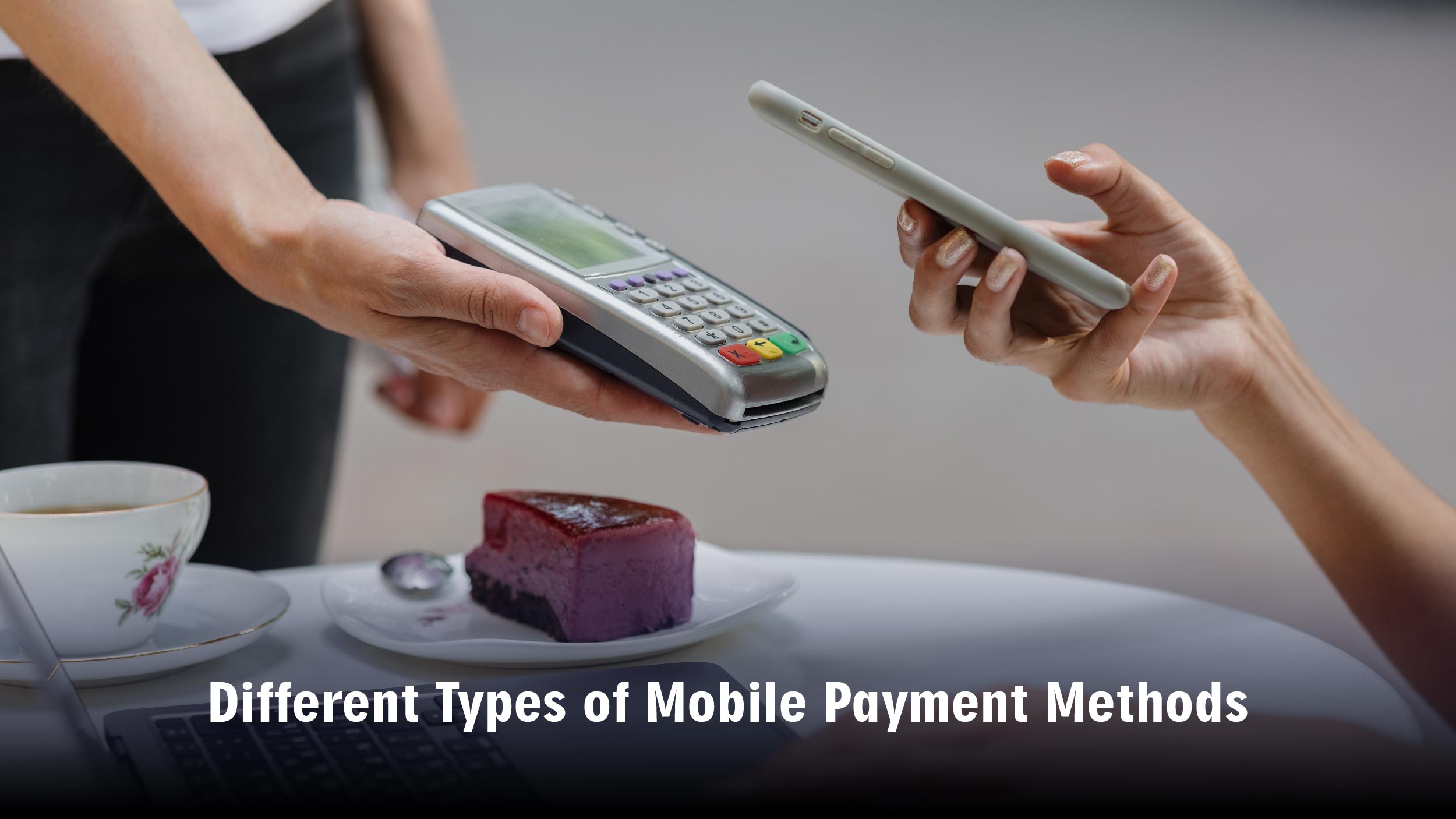For a small business owner, the main priority is to cater to customers, be it via stocking the right merchandise or providing convenient payment options. Implementing mobile payment processing is relatively straightforward for merchants, but it necessitates some initial effort. This involves acquiring a point-of-sale system capable of processing contactless payments and digital wallet transactions.
Let’s delve in and understand everything about it.
What is Mobile Payment?
A mobile payment (mobile money transfer) refers to the transfer of money for a product or service using a portable electronic device like a tablet or cell phone. Additionally, it encompasses sending money to acquaintances through platforms such as PayPal and Venmo. This technology facilitates contactless payments through devices like mobile phones, smart watches, or tablets, often utilizing digital wallets or mobile apps. Mobile money transfers can be linked to various payment methods, including bank accounts, credit cards, and debit cards. Typically, the payment process involves securely initiating the transaction by scanning a QR code or tapping a mobile device on an NFC reader. Studies have shown that by 2025, it’s anticipated that mobile payments will constitute 79% of all digital transactions.
What are Mobile Payment Solutions?
Mobile payment solutions encompass a diverse range of technologies and platforms designed to facilitate digital transactions, serving the needs of both businesses and consumers. Here are some notable options:
- net: With over 400,000 customers, including larger companies, this established solution requires a $45 setup fee, a $25 monthly gateway fee, and charges 2.9% plus $0.30 per transaction.
- PayPal: It is a widely recognized platform enabling users to send money to individuals or make payments to businesses using phone numbers or email addresses.
- Wireless Credit Card Terminals: These terminals utilize Wi-Fi to accept credit cards at various locations, allowing businesses to process transactions anywhere, including off-site events like fundraisers and trade shows.
- Direct Operator Billing: This solution integrates with mobile network operators, enabling payments to be added directly to consumers’ phone bills.
- NFC Technology: Near-field communication enables contactless payments, storing payment information on devices and requiring a PIN for transaction completion.
- Sound Wave-Based Payments: This innovative solution processes transactions using unique sound waves containing encrypted payment data, operating without internet connectivity.
Different Types of Mobile Payment Methods
Mobile money transfers can be categorized into two main forms: proximity and remote payments. Proximity payments occur within a close range, typically at a point of sale (POS), where the customer’s mobile device and the merchant’s physical POS are in the same location. This can include transactions at attended locations like in-store checkouts or unattended locations such as self-checkouts, vending machines, or unmanned stores. Both parties engage in the transaction using proximity payment technologies like near-field communication (NFC) wallets, QR barcodes, or Bluetooth low energy (BLE). An important development in this space is the discontinuation of magnetic strip technology (MST) in Samsung smartphones’ Samsung Pay wallet, reflecting the industry’s shift towards the more secure EMV (Europay, Mastercard, Visa) chip and pin cards.
On the other hand, remote payments take place over a fixed or mobile telecommunication network, regardless of the customer’s physical location. These transactions support various purposes, including bill payments and transactions with merchants that lack physical POS systems, such as street vendors. Additionally, remote payments facilitate online transactions with merchants who operate solely in the digital space, offering products and services online without a physical presence.
Benefits of Mobile Payments
Whether you choose to accept mobile money transfers online, opt for contactless transactions at a point of sale, or make use of payment apps like Apple Pay and Google Pay, a multitude of advantages await both you and your customers. The benefits of using payment methods are vast including:
Enhanced Customer Experience
Mobile money transfer methods remove a hurdle when it comes to finalizing a customer’s purchase. Imagine this scenario: customers can conveniently settle their bills by simply tapping their phone or credit card at a point of sale or opt for making online transactions using an array of payment options like Google Pay, Shop Pay, or Apple Pay.
Secured Payment Mode
These are the most secure means of commerce out there. Why? It’s because they operate on mobile devices that demand some sort of authentication, be it a fingerprint, a nod from facial recognition, or a secret passcode dance. Additionally, these devices cloak their data transmissions in encryption, leaving thieves with as much chance of intercepting customer data as a snowball in a scorching desert.
Speed of transaction
Financial institutions easily process mobile payments, almost like a magic trick. Opting for such payments not only speeds up the checkout process but also streamlines the entire transaction experience for your clientele.
Popularity among consumers
Mobile money transfers witness an increasing number of consumers embracing cashless transactions, with projections indicating a substantial surge. By 2031, the global mobile payment market is anticipated to reach a staggering $6,232.58 billion. Analysts in the financial sector foresee a more than threefold rise in mobile money transfer expenditure amount within the upcoming five years.
Also Read: What is Agritech and Why Is It Important for Modern Agriculture?
Why Opt for Mobile Payment Solutions?
Embracing mobile money transfer solutions can propel your business forward. It elevates customer convenience, leading to boosted sales and heightened retention rates.
An mPOS (mobile point-of-sale) system serves as a strategic tool for trimming operational expenses. With credit and debit cards seamlessly accepted via smartphones or tablets, there’s no need for a costly, bulky POS setup.
Seamless integration is pivotal for streamlining business operations especially when integrating payments into apps or digital wallets. Furthermore, conducting transactions on the move ensures all payments are seamlessly integrated with a centralized payment gateway for effortless reporting and reconciliation. Leveraging tokenization, biometrics, and multi-factor authentication enhances security, making payments via mobile even more robust.
How is Mobile Payment Technology Reshaping The Future Of E-Commerce?
Mobile transfer technology is evolving rapidly, with digital wallets and super apps leading the charge. A digital wallet, housed within a smartphone app, serves as a comprehensive repository for banking cards, loyalty programs, and coupons. Utilizing NFC mobile payments, these wallets facilitate seamless contactless payments at point-of-sale terminals. Additionally, QR code payment methods have gained popularity, allowing customers to scan codes at merchants’ POS systems. Operator wallet apps like Turkcell’s Paycell and Vodacom’s VodaPay integrate QR payment functionality, enabling transactions from wallet balances or linked banking cards.
eWallets, as defined by global payments processor Worldpay, are electronic cards used for online transactions via computers or smartphones. Examples include Alipay, WeChat Pay, PayPal, Qiwi, and Yandex Money. Notably, Apple Pay, Google Pay, and Samsung Pay also function as eWallets, directly tied to mobile devices. With the surge in online shopping, the usage of these wallets is steadily increasing.
Worldpay reports that digital wallets accounted for nearly half of global e-commerce transaction value in 2021, projected to rise further by 2025. Mobile devices are expected to drive a significant portion of e-commerce spending, with 42.9% of transactions occurring via mobile devices by 2025. Moreover, global point-of-sale payments via digital wallets are anticipated to increase while cash payments decline.
This growth in digital wallets is fueled by ongoing innovations, including enhanced checkout experiences and advanced credit solutions such as buy now, pay later (BNPL) options. BNPL services, like Klarna, Afterpay (now part of Square), and PayPal, are gaining traction, with projections indicating a significant share of e-commerce transactions by 2025.
Final Takeaway
Mobile payment systems have revolutionized the way individuals and businesses conduct transactions, offering convenience, security, and efficiency. With the widespread adoption of mobile wallets, NFC technology, mobile browser-based payments, and mobile point-of-sale systems, users can seamlessly make purchases, send money, and manage their finances with just a few taps on their devices.




